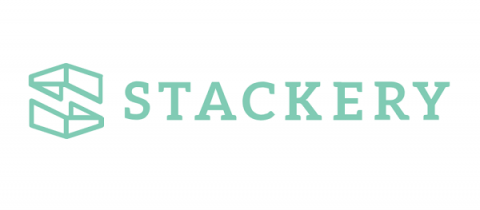A Greater Gatsby: Modern, Static-Site Generation
Gatsby is currently generating a ton of buzz as the new hot thing for generating static sites. This has lead to a number of frequent questions like: A static…what now? How is GraphQL involved? Do I need to set up a GraphQL server? What if I’m not a great React developer, really more of a bad React developer?


